Initially the house must be cleaned, and a Rangoli is drawn at the doorstep in order to welcome Goddess Lakshmi. 
The Puja requires the following elements:
The Ritual Elements
Silver and Gold coins ,Ten Betel Nuts (Supari) , Uncooked Rice ,Five Paan or Mango leaves ,A Coconut ,Water in a small pot (a "Lota") ,Red vermillon ("Kumkum") for applying the tilak ,Oil Lamps ("Diyas") ,Holi-type colored powders , ndian sweets (Mithai) , Camphor , Incense sticks (Agarbatti) , Dry fruits (almonds, cashews) , A Thali , Rose or other flower petals , Raksha Sutra* A new notebook , Panchamrita , A piece of red cloth for putting the puja items, Ghee to light the lamps , Rose water , Water .
Icons of:Ganesha ,Saraswati , Lakshmi , Narayana

The Rite
Steps of Lakshmi Pooja Spread a new cloth on a raised platform:
Place a handful of grains in the center and, on this, place a kalash (pitcher) made of gold, silver, copper, or terracotta. Fill three-fourth of the kalash with water and place a betel nut, a flower, a coin, and some rice grains in it. Arrange five kinds of leaves or mango leaves in the kalash. Place a small dish on the kalash and fill it with rice grains. Draw a lotus with turmeric powder ( haldi ) over the rice grains and place the idol of goddess Lakshmi over it, along with coins.
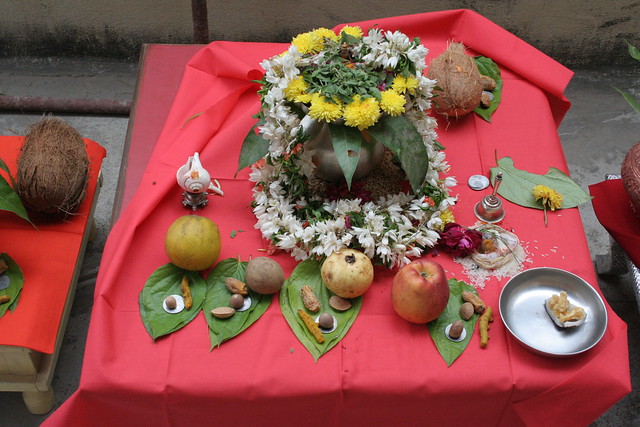
Place the idol of Ganesha:
In front of the kalash, on the right (South-West direction), place the idol of Ganesha. Also place ink and books related to your business or occupation on the platform. Light a lamp and begin the puja by offering haldi, kumkum, and flowers to the platform on which the kalash is placed. Then offer haldi, kumkum, and flowers to the water that is to be used for the puja. Invoke the river goddesses to be part of this water.
Invoke goddess:
Lakshmi by reciting the Vedic mantras addressed to her. One can also recite the mantras mentioned in the Puranas or simply take some flowers in your hands, close your eyes, and think of goddess Lakshmi being showered with gold coins by two elephants standing on either side of Her and chant Her name. Then offer the flowers to the idol.

Place the idol of Lakshmi:
Place the idol of Lakshmi in a plate and bathe it with water, panchamrit (a mixture of milk, curd, ghee or clarified butter, honey, and sugar) and then with water containing some gold ornament or a pearl. Wipe the idol clean and place it back on the kalash. Alternately, you can just sprinkle water and panchamrit on the idol with a flower.
Offerings:
Offer sandal paste, saffron paste, perfume ( itr ), haldi, kumkum, abeer, and gulal to the goddess. Offer a garland of cotton beads to the goddess. Offer flowers, especially the marigold flowers and leaves of Bel (wood apple tree). Light an incense stick and dhoop. Make an offering of sweets, coconut, fruits, and tambul. Make an offering of puffed rice and batasha. Pour some puffed rice, batasha, coriander seeds, and cumin seeds over the idol. Safe where you keep money and jewelry; Worship this safe as a symbol of Lord Kuber.
Aarti:
Finally, perform the aarti for goddess Lakshmi. Always remember that She abhors loud noise. So the aarti should be accompanied only by a small bell. Do not clap hands, as is the practice when performing aarti for other gods. A peaceful and sublime atmosphere should prevail during the diwali day pujan. Do not light crackers while the puja is on or immediately after it.
Offering Prayers to Goddess Laxmi
Om Jai Laxmi Mata, Maiya Jai Laxmi Mata,
Tumko nis din sevat, Maiya ji ko nis din sevat
Hari Vishnu Data
Om Jai Laxmi Mata (Repeat above verse)
Uma Ramaa Brahmaani, Tum hi Jag Mata,Maiya Tum hi Jag Mata,
Surya Chandra Ma dhyaavat, Surya Chandra Ma dhyaavat
Naarad Rishi gaata.
Om Jai Laxmi Mata.
Durga Roop Niranjani, Sukh Sampati Data, Maiya Sukh Sampati Data
Jo koyee tumko dhyaavat, Jo koyee tumko dhyaavat
Ridhi Sidhi dhan paataa
Om Jai Laxmi Mata.
Tum Pataalani Nivasini, Tum hi Shubh Data, Maiya tum hi Shubh Data
Karma Prabhaav Prakaashini, Karma Prabhaav Prakaashini
Bhuv Niddhi ke praata
Om Jai Laxmi Mata
Jis ghar tum rehti teh, sab sath goon aataa, Maiya sab sath goon aataa,
Saab sambhav hojata jataa, Saab sambhav hojata jataa
Man naheen ghabraataa.
Om Jai Laxmi Mata
Tum Bin Yaghya na hote, vaastra na ho paata, Maiya vaastra na ho paata,
Khana paan ka vaibhav, Khana paan ka vaibhav
Sab tumse aata
Om Jai Laxmi Mata
Shubh Goon Mandir sunder, shero da di jaata, Maiya shero da di jaata
Ratna chaturdashi tum bin, Ratna chaturdashi tum bin
Koi nahi paata
Om Jai Laxmi Mata.
Maha Laxmiji ki Aarti, jo koi nar gaata, Maiya jo koi nar gaata,
Pur aananda samata, Pur aananda samata,
Paap utar jaata
Om Jai Laxmi Mata.
Om Jai Laxmi Mata, Maiya Jai Laxmi Mata,
Tumko nis din sevat, maiya ji ko nis din sevat
Hari Vishnu Data
Om Jai Laxmi Mata (Repeat above verse)
Please see the next Post for more

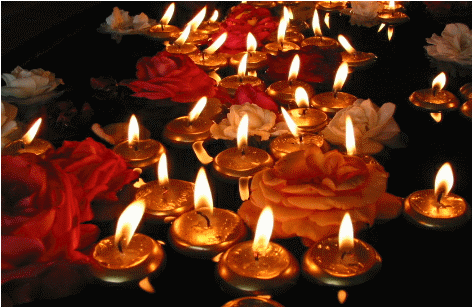










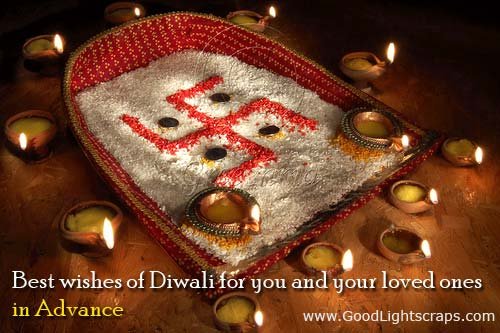
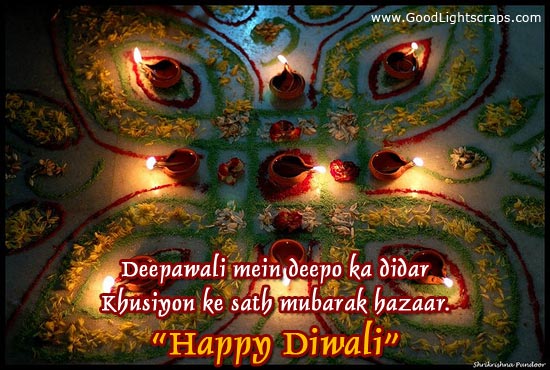
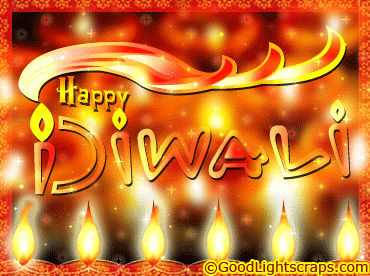




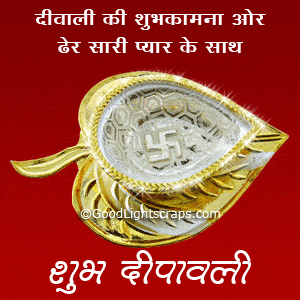


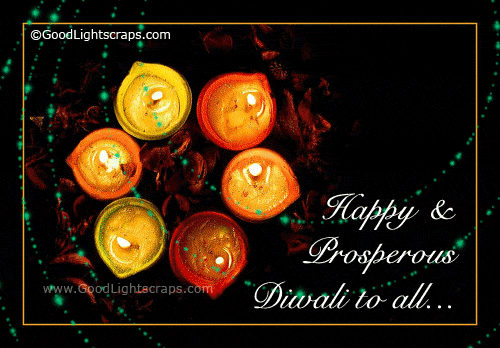









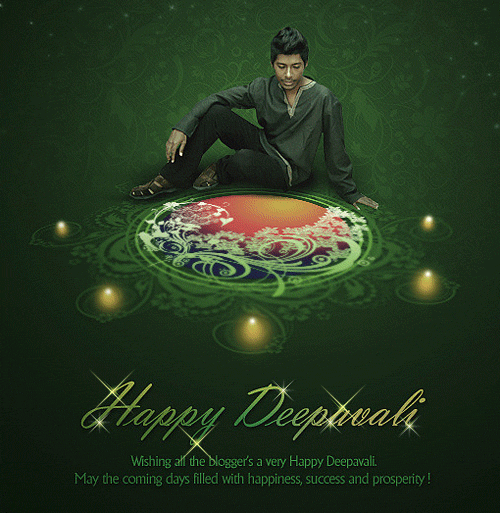

comment:
p_commentcount